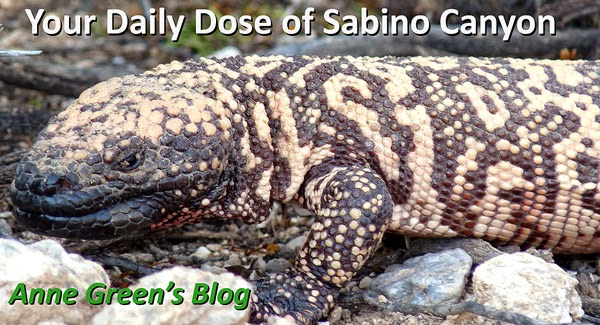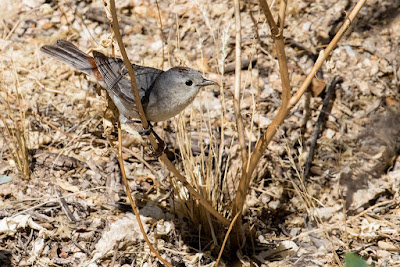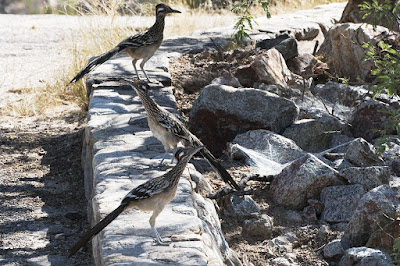 |
| Photo by Jeannie Hutchins, March 2015 |
Jeannie sent this photo to Mark Hengesbaugh, then to me, wondered if it might be the world's shortest crested saguaro. It looked to me, though, like someone tried to re-plant a crest that had broken off. Mark investigated further and solved the mystery.
 |
| Photo (and shadow) by Mark Hengesbaugh 3/24/2015 |
Mark writes:
Jeannie Hutchins's cactus find turned out to be a cristate barrel, which accounts for its stubby shape. It is in a very difficult spot under a low-hanging mesquite so it’s unlikely to have been re-planted.
 |
| Close-up view by Mark Hengesbaugh 3/24/2015 |
Anne says: Note the curved spines on the crest. Saguaros have straight spines.
See this site for crested saguaros, and this post for more crested barrels.
Thanks, Mark, for solving this mystery.












































